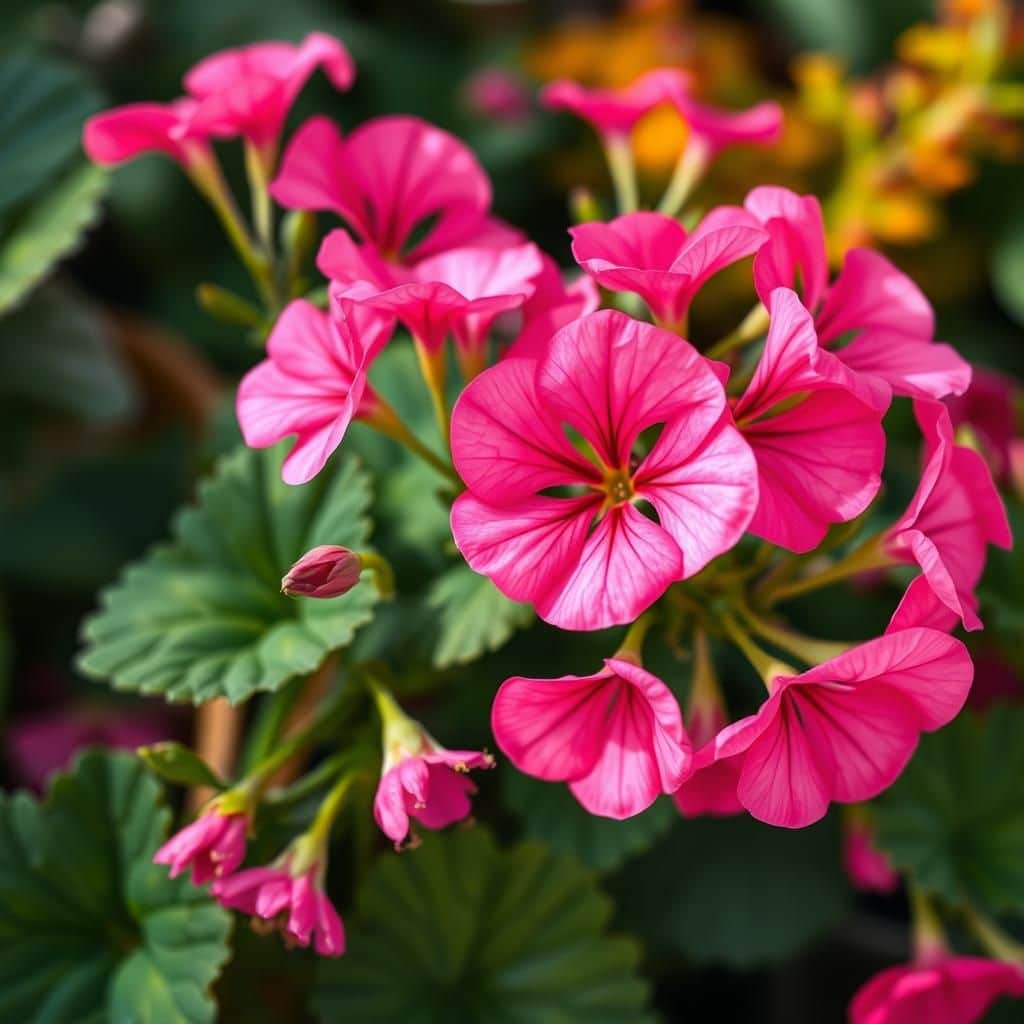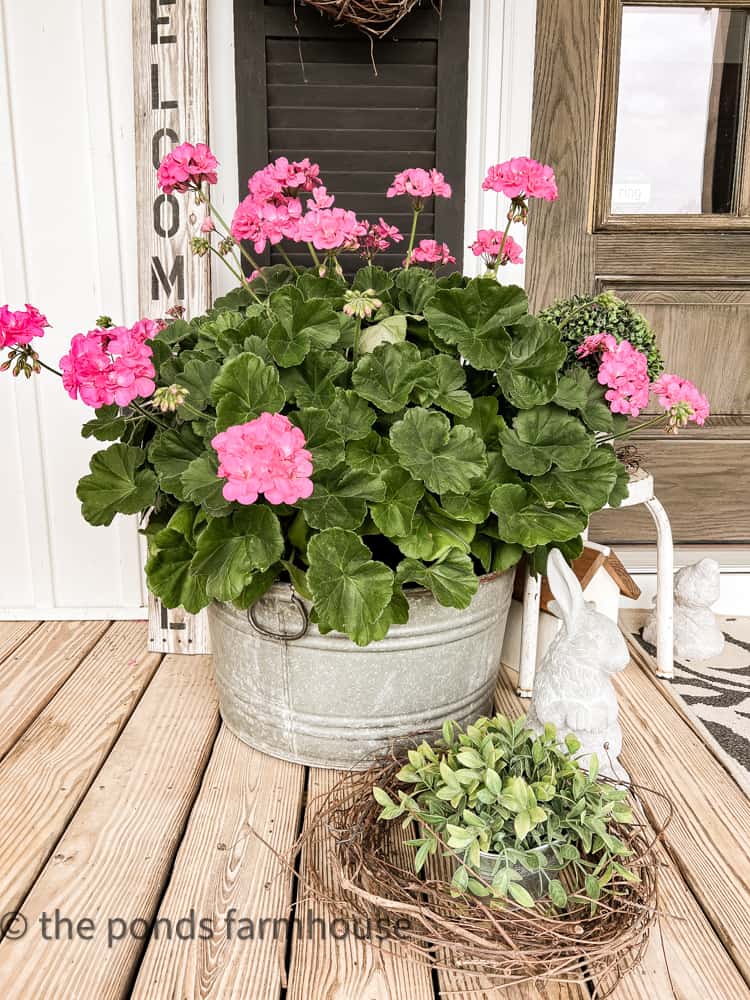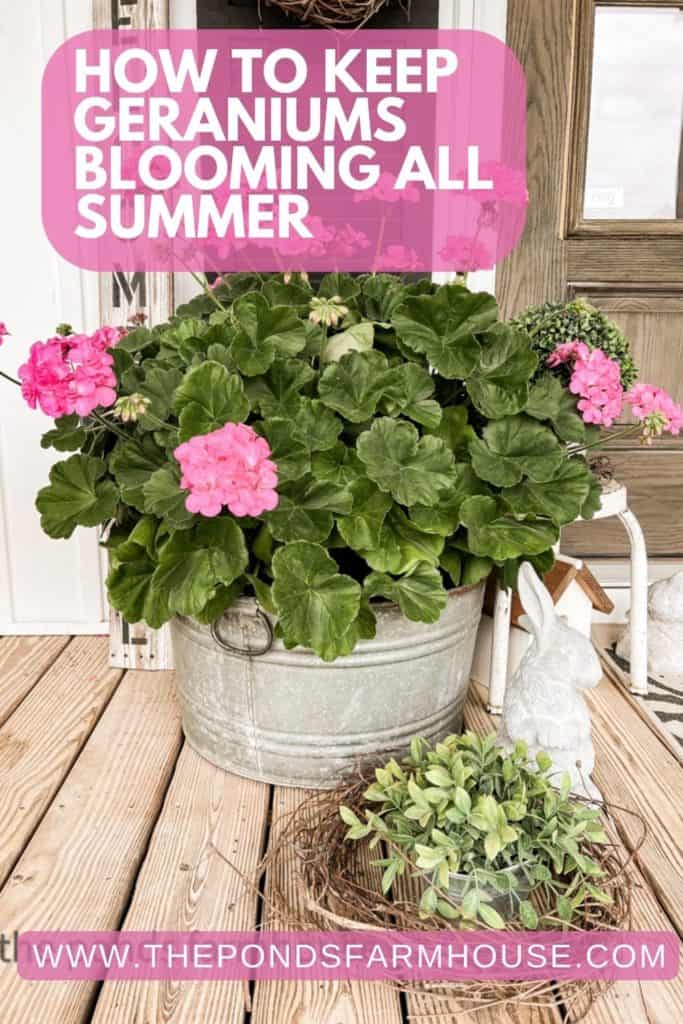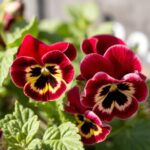How Do You Keep Geraniums Full and Blooming? Essential Tips for Vibrant Flowers

Geraniums are beloved for their vibrant blooms and lush foliage, making them a popular choice for gardens and containers alike. However, to achieve and maintain their full and blooming appearance, proper care is essential. This article will provide you with fundamental tips and techniques for keeping your geraniums healthy and thriving throughout the growing season. From optimal watering practices to ideal sunlight exposure and essential fertilization, mastering these key elements will ensure your geraniums remain a stunning focal point in your outdoor or indoor space. Discover the secrets to vibrant flowers and a flourishing garden display that will delight for months to come.
How to Keep Geraniums Full and Blooming?
To keep your geraniums healthy, full, and consistently blooming, it is essential to provide them with the right amount of sunlight, water, and nutrients. Geraniums thrive in bright, indirect sunlight, so placing them in a well-lit location is crucial. Watering should be done when the top inch of soil feels dry, as over-watering can lead to root rot. Additionally, using a balanced fertilizer every few weeks during the growing season can promote lush foliage and abundant flowers. Regular deadheading—removing spent blooms—will encourage the plant to produce more flowers, ensuring that your geraniums remain vibrant and full throughout the season.
Optimal Lighting Conditions
Providing your geraniums with the correct lighting is fundamental for their growth. Ideally, they should receive at least six hours of indirect sunlight each day. Direct sunlight can be beneficial for short periods, but prolonged exposure can scorch the leaves. If you notice that your geraniums are becoming leggy, it may indicate they're not receiving enough light. Consider moving them to a brighter spot or supplementing with grow lights if needed.
Watering Techniques
The watering needs of geraniums can vary with their environment and the time of year. It's essential to allow the top inch of the soil to dry out before watering again; this prevents root rot caused by excess moisture. Always water thoroughly, ensuring that water drains from the bottom of the pot. During hotter months, you may need to water more frequently, while in cooler periods, reduce watering to avoid over-saturation.
Nutrient Requirements
Geraniums need a balanced caalendulairizer to thrive, especially during the growing season. Using a 20-20-20 liquid fertilizer every 4-6 weeks can help promote healthy growth and flowering. However, too much fertilizer can lead to lush foliage at the expense of blooms, so always follow label directions and adjust according to the plant's performance.
Deadheading and Pruning
Regular deadheading can significantly impact the health and blooming of your geraniums. By pinching off spent flowers, you encourage the plant to produce new buds instead of diverting energy to seed production. Also, light pruning can help maintain shape and promote air circulation, which is vital for preventing diseases and pests.
Pest and Disease Management
Keeping your geraniums free from pests and diseases is vital for maintaining their vibrancy. Common pests include aphids and spider mites, which can be managed with insecticidal soap or neem oil. Moreover, ensuring proper air circulation and avoidance of overcrowding can help reduce the risk of diseases such as powdery mildew. Regularly inspecting your plants can help you catch any issues early and keep your geraniums thriving.
| Aspect | Recommendation |
|---|---|
| Light | 6 hours of indirect sunlight daily |
| Water | Water when top inch of soil is dry |
| Fertilizer | Use a balanced 20-20-20 fertilizer every 4-6 weeks |
| Deadheading | Remove spent flowers regularly |
| Pest Management | Check for pests; use insecticidal soap when needed |
What makes geraniums bloom more?


Geraniums, known for their vibrant colors and hardy nature, can produce more blooms when specific conditions and practices are followed. Several factors contribute to the increased flowering of geraniums, including proper light, water, fertilization, and pruning techniques. Understanding and implementing these elements can enhance the blooming capacity of geraniums in your garden or container.
Optimal Light Conditions
Light is a crucial factor in encouraging geranium blooms. Geraniums thrive best in full sun, which generally means they require at least 6 to 8 hours of sunlight daily. Insufficient light can lead to sparse blooms.
- Ensure placement in a bright area with direct sunlight.
- Consider using grow lights if natural light is limited.
- Monitor the plant for leggy growth, indicating inadequate light.
Proper Watering Techniques
Watering practices greatly influence the health of geraniums. Overwatering can lead to root rot, while underwatering can stress the plant and decrease blooming.
- Water when the top inch of soil feels dry to the touch.
- Ensure proper drainage to avoid standing water in pots.
- Adjust watering frequency based on the season and temperature.
Effective Fertilization
Fertilization is vital for promoting vibrant blooms in geraniums. Using the right type of fertilizer can make a significant difference.
- Use a balanced fertilizer with equal parts of nitrogen, phosphorus, and potassium (N-P-K).
- Fertilize every 4-6 weeks during the growing season.
- Avoid over-fertilizing, as it can lead to lush foliage but fewer flowers.
Importance of Pruning
Regular pruning helps geraniums maintain a healthy shape and promotes bushier growth, which can lead to more blooms.
- Remove dead or spent flowers (deadheading) to encourage new growth.
- Trim leggy stems to promote fuller plant growth.
- Prune during early spring to encourage fresh blooms for the season.
Control of Pests and Diseases
Keeping geraniums healthy is essential for blooming. Pests and diseases can undermine the plant's vitality and reduce flower production.
- Regularly inspect for pests like aphids and spider mites.
- Treat any infestations immediately with appropriate insecticides or natural remedies.
- Maintain air circulation to prevent fungal diseases.
What to feed geraniums to keep them blooming?

To keep geraniums blooming, it's essential to provide them with the right nutrients and care. Geraniums can thrive with a balanced feeding regimen, which promotes healthy growth and abundant flowering. Here are the key factors to consider.
See also:
Understanding Nutritional Needs
Geraniums need a combination of nutrients to flourish. The main nutrients required are nitrogen, phosphorus, and potassium.
- Nitrogen promotes leaf growth and overall plant health, ensuring robust foliage.
- Phosphorus is crucial for root development and flower production, helping the plant establish itself.
- Potassium helps with disease resistance and regulates various plant processes, including water uptake.
Types of Fertilizers
Choosing the right type of fertilizer can significantly impact the blooming of your geraniums. There are a couple of options to consider:
- Slow-release fertilizers provide nutrients over a more extended period, reducing the frequency of application.
- Water-soluble fertilizers are absorbed quickly, which can be beneficial during the growing season for an immediate boost.
- Organic options, like compost or fish emulsion, can also enhance soil quality and nutrient availability.
Feeding Schedule
Establishing a consistent feeding schedule is vital to maintain continuous blooms.
- Feed geraniums every 4 to 6 weeks during the growing season, which generally spans from spring to early fall.
- Apply fertilizer when the soil is moist to prevent root burn and improve nutrient absorption.
- Reduce or pause fertilization during the dormant season (winter), as plants require fewer nutrients.
Watering Practices
Proper watering practices complement fertilization and support geranium growth effectively.
- Ensure geraniums receive consistent watering—enough to keep the soil moist but not waterlogged.
- Using well-draining pots and soil can prevent excessive moisture retention, which can lead to root rot.
- Consider the indoor climate or outdoor conditions when adjusting your watering regime; hot, dry weather may necessitate more frequent watering.
Signs of Nutrient Deficiencies
Recognizing signs of nutrient deficiencies can help you respond quickly to keep your geraniums thriving.
- Yellowing leaves often indicate a nitrogen deficiency, signaling the need for more nitrogen-rich fertilizer.
- Stunted growth can suggest a lack of phosphorus, which is critical for flowering and root development.
- Pale or discolored blooms might indicate inadequate potassium levels, reducing the plant's overall vigor and bloom quality.
Questions from Our Readers
How often should I water my geraniums to keep them thriving?
To keep your geraniums thriving, it is essential to water them regularly, typically once the top inch of soil feels dry. Overwatering can lead to root rot, while underwatering can cause the leaves to droop. Aim for a balanced approach, ensuring the soil is consistently moist but never soggy.
What type of fertilizer is best for promoting blooms in geraniums?
Using a balanced fertilizer with a ratio such as 10-10-10 or a liquid fertilizer high in phosphorus will encourage abundant blooms. Apply it every four to six weeks during the growing season, following the package instructions to avoid over-fertilization, which can harm your plants.
How much sunlight do geraniums need for optimal growth?
Geraniums thrive with at least six hours of direct sunlight each day. They enjoy the warmth and light, which promotes both healthy foliage and vibrant blooms. If grown indoors or in shadier spots, consider using grow lights to supplement their light needs.
See also:
What should I do to encourage new blooms on my geraniums?
To encourage new blooms, regularly deadhead spent flowers to redirect the plant’s energy towards producing more blooms. Additionally, ensure they receive adequate sunlight, and consider using a fertilizer high in potassium to support flowering. Pruning back leggy stems can also stimulate new growth and blossoms.

If you want to read more articles like How Do You Keep Geraniums Full and Blooming? Essential Tips for Vibrant Flowers, we recommend you check out our Flowers category.
Leave a Reply
Related Articles